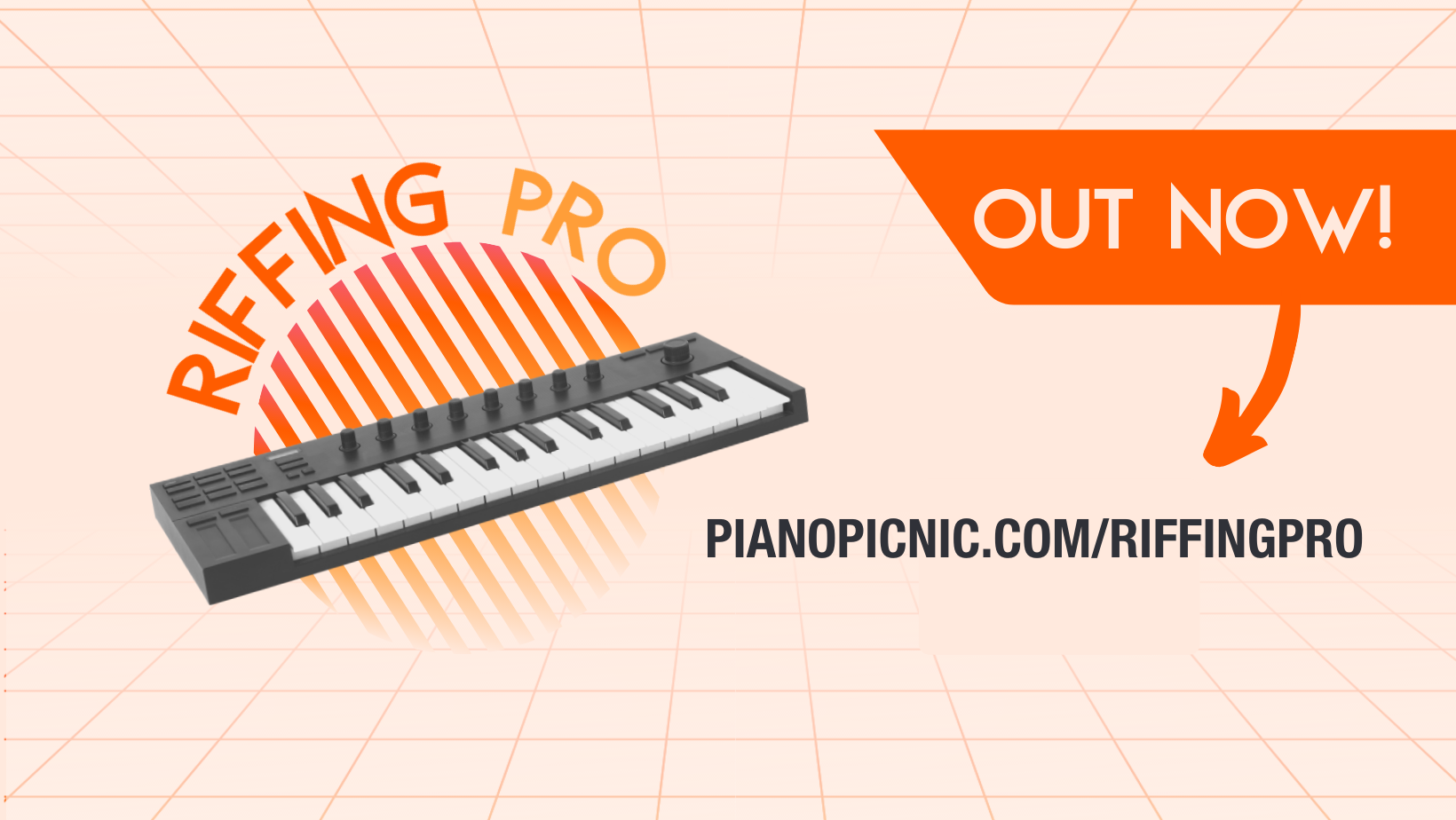This is a much-requested topic from students who know how to play chords and scales, but struggle to sound confident and convincing. Discover the secrets to sounding cool, calm & collected gathered from 25+ years of performing experience!
Watch the video below or read on beneath it.
1. Don’t over extend yourself
Performing is scary enough without taking yourself into an area of doubt that you can fully pull it off! So always be prepared - there is no improv fairy coming to save you when you stray outside of what you already know. So play within your skill level.
2. Choose a comfortable speed
Choose a comfortable speed and play practise keeping that speed and holding to it consistently. Practise with a metronome at home and practise slower than you need to perform it.
Due to our heartbeat typically racing during a performance, this speeds up our internal body clock more than when we practise at home, and therefore our sense of playing speed increases. If you’ve practised slowly, then that increase of speed will bring you up to a normal tempo (reverse psychology!).
3. Use familiar content -
Choose a song you know well, or improvise or riff with patterns that you’ve practised and mastered.
Playing simply, though it may feel familiar and boring to you, sounds collected and convincing to the audience. They haven’t heard this song a millions times while you’ve practised at home - you are playing for their pleasure!
When you push yourself to play things you haven’t yet mastered you run the risk of sounding unprepared at best, and chaotic at worst.
4. Play for the song - not for yourself.
A professional musician will always play for the sound as a whole. They will consider the genre of music and also the other musicians in the group to choose what will tastefully fit and complement the overall sound.
Just because you can play something tricky, doesn’t mean you should. Think about how you can best serve the song.
5. Warm up & breathing exercises
Warming up is essential to get your best performance. Often at home, our best run-through of a piece is after we’ve practised it several times. We very rarely sit straight down at our instrument and play the best version straight away. This is because we warm up first, whether it’s with exercises or by playing the song through haphazardly several times… our body needs to get used to this movement. So even if you can’t get to a piano before you performance, always do some finger, wrist and arm exercises to stretch out first.
The same goes for breathing exercises - but for a different purpose. By using breathing exercises we can control our breath instead of letting it control us. When we are nervous our breathing becomes erratic and along with our increased heart-rate can make our body and mind panic!
To avoid that panic, focus on controlling your breath in order to control your mind.
Find some great Warm ups here.
Find some simple but effective Breathing Exercises here.
Become a Riffing Pro!
This self-paced multimedia course teaches you how to flow through piano riff with rhythm and style! Riffing Pro will teach you what a riff is, when you’ll need one PLUS the 8 different categories of riffing and how to use them.
These include: Chord riffs, Bass riffs, Melodic riffs, Rhythmic riffs, Riff magnets, Supportive riffs, Mixed riffs and Riff Thief (ie, how to steal riffs from songs you know & love!).


















